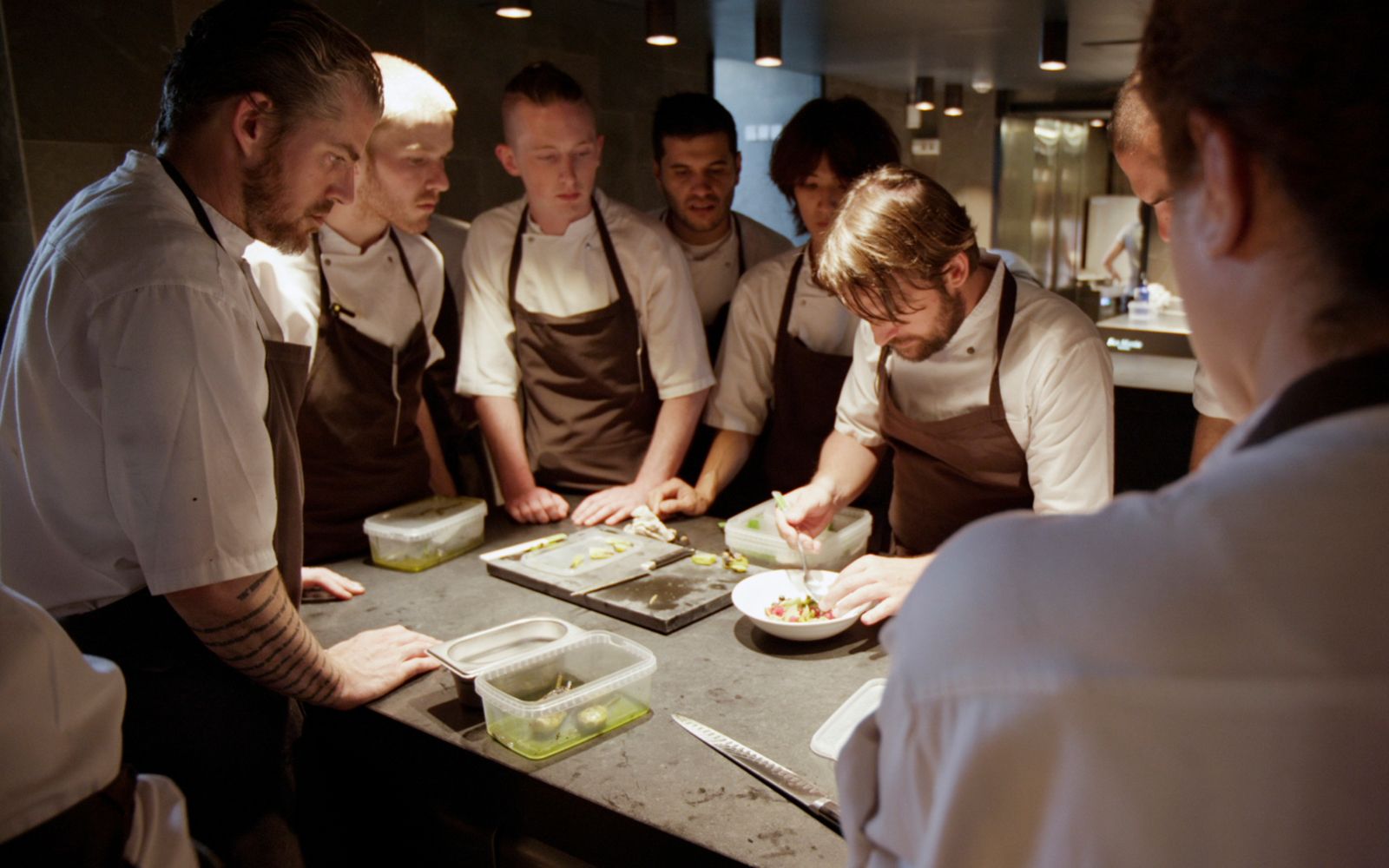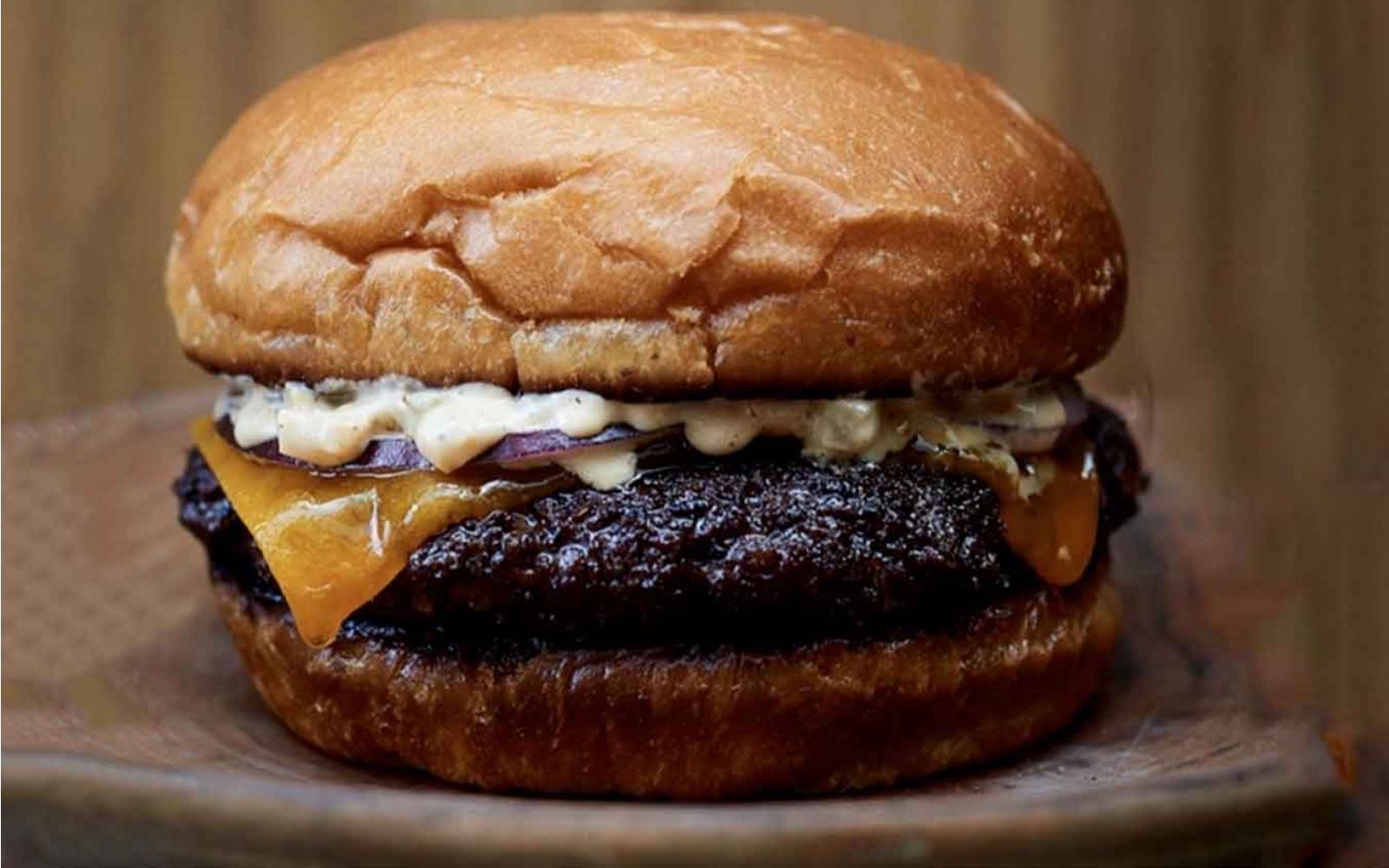
The future of the Noma after its closure A decision dictated by the need for change in the name of sustainability
«Starred cuisine needs to rethink its entire industry, it's just too difficult. Financially and emotionally, it does not work: as an entrepreneur and as a human being, I feel the need to change.» So chef René Redzepi of Copenhagen's Noma announced the closure of the traditional version of what is considered one of the best restaurants in the world. Speaking to The New York Times, Redzepi said he wanted to reinvent the restaurant and prove that «you can get old and stay creative» Noma, consistently named the best restaurant of all time by industry leaders, has already been reinvented in 2018, when it revolutionized its menu, changed its location and overhauled its style. Version 3.0 of the restaurant, which launched the New Nordic style globally in late 2024, will become a "laboratory" to experiment with new products and dishes to be marketed through e-commerce and "pop-up" shops opening in various cities. Redzepi, who is 45, made it clear that he would not lay off his staff, but he justified the closure of the restaurant - whose tasting menu costs around 500 euros per person and the waiting list is very long - by saying that haute cuisine was no longer «economically and emotionally sustainable» according to Redzepi, it would not be possible to pay the 100 or so staff fairly, offer prices at a level acceptable to customers and maintain high standards, given the «grueling work» it requires. Noma had, unsurprisingly, been criticized for employing a high number of interns- between 20 and 30 - without pay. Some of them had described the working environment as borderline toxic and complained that they were hired for the duration of the internship for a single task (which they had to perform in absolute silence). Redzepi himself, a Dane of Albanian descent, is known in the haute cuisine industry for having a difficult temperament and being brusque with his staff.
Opened in 2004, Noma has had a major impact on Michelin-starred gastronomy in recent years. First, it has popularised everywhere the culinary style known as New Nordic, which we now find - to a lesser extent - in many "modern trattorias" in the major Italian centers. Secondly, Redzepi's cuisine had become a benchmark because it used typical ingredients of Scandinavian culture, gathered locally, and reworked through lengthy processing to enhance the flavors. In addition, Noma is famous for its experimental approach to raw materials: unconventional ingredients, unusual for haute cuisine, and unusual plants are used in the dishes. Finally, Redzepi has pioneered fermentation methods, which have become a real trend over time - even outside of star cuisine. The book The Noma Guide to Fermentation by chef David Zilber, former head of the fermentation department at Noma, has become a bestseller. Thank you to this sum of innovation, Noma was named the world's best restaurant for the fifth time in 2021, according to the World's 50 Best Restaurants organization. In September of the same year, it was awarded its third star by the Guide Michelin - a recognition that many considered belated. In some ways, the change of direction announced by Redzepi contradicts the system that the Guide Michelin has developed over the years. For restaurants that have one, two or even three stars, this is a very important achievement in a very competitive industry where prestige makes all the difference. Indeed, obtaining a Michelin star is an important marketing activity that brings great economic benefits.
As proof of the importance attached to stars, in 2017 the restaurant Bouche à Oreille in Paris, with a menu for just over ten euros, accidentally landed among the new star restaurants and was confused with a restaurant of the same name nearby: For weeks it was overrun by customers, although the mistake was later corrected. But when winning one or more stars, in rare cases even three increases a restaurant's turnover almost mathematically so does the investment that has to be made to maintain the high standard. And for some chefs, this becomes too much responsibility. French chef Sebastien Bras, for example, asked the guide to take away his three stars because they caused him too much worry, while his compatriot Marc Veyrat reported that he sank into depression for months after being downgraded to two stars. It remains to be seen whether Redzepi's envisaged Noma 3.0 will help to challenge the entire system of haute cuisine, or whether the world of starred cuisine will continue to be seen by insiders as the Champions League of chefs and the prestige generated by the awards as a trophy.











































